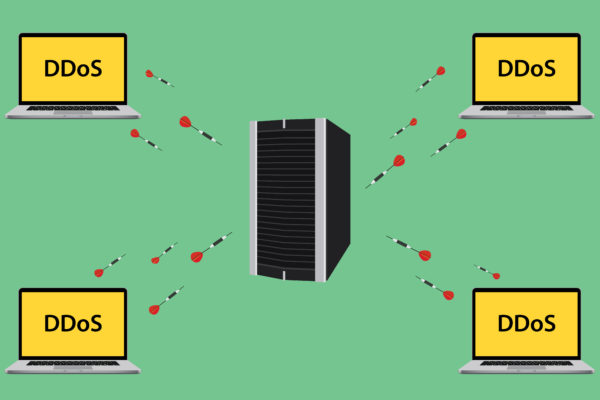Network intrusion is increasing and becoming harmful these days. A defender should have a proper understanding of the types of attacks that can be done by hackers. There are a number of ways hackers use to enter into a system and take away all the important data stored in it. Following are the main ways that are used for Network Intrusion:
Asymmetric Routing:
This is a method in which the hackers use more than one route to attack a system or network. The main idea of this method is to have the whole attack elude recognition by their network intrusion sensors. There are networks that do not allow asymmetric routing through their system. They are impermeable of this attack strategy.
Trojans:
Trojans are not like viruses. They cannot replicate, instead, they enter into the network system through exchangeable files. They instigate a DDoS attack, erase stored data from the system or open network to outside attackers. This also happens when a suspicious email attachment is downloaded or through unsuspected online archives.
Worms:
Worms are viruses, they have the ability to replicate from system to system without altering the authorized program files. They eat up the computer’s processing time when they replicate. This affects the computer and it starts freezing in the middle of a file or working document. They often spread through email attachments of the IRC protocol. Some of the worms diligently cast about confidential information, for example, the files containing words like “Finance” or “SSN” and later transfer such data to the attackers waiting outside the system.
Traffic Flooding:
Traffic flooding is an insightful method of network intrusion. It easily targets the detection systems of network intrusion and very inventively creates loads of traffic on the detecting system that becomes too difficult to handle. This results in the disruption and havoc in the environment of the network. Attackers can very intelligently divert the attention of the system defenders and intrude in their system.
Buffer Overflow Attacks
Buffer Overflow Attacks are another type of DDoS attack that strives to overrule particular portions of computer memory within a network. It replaces normal data from those memory locations with a pack of commands that would later be used to execute the attack. Sometimes, the intention of such attacks is to simply catch the distant access to the network.
Protocol Attacks or Spoofing
Application Protocols usually tell the system how to perform network activities. They may unwittingly leave openings that would lead to network intrusion. Protocol-Specific strikes can easily settle or even crash targeted devices on a network system.
It is not possible that a network defender may secure each and every network system because in any case, attackers will look out for a loophole. Proper measures should be taken beforehand to prevent your network from such intrusions mentioned above. Defense applications such as firewalls or antivirus software are downloaded in systems for protection against such attacks.



